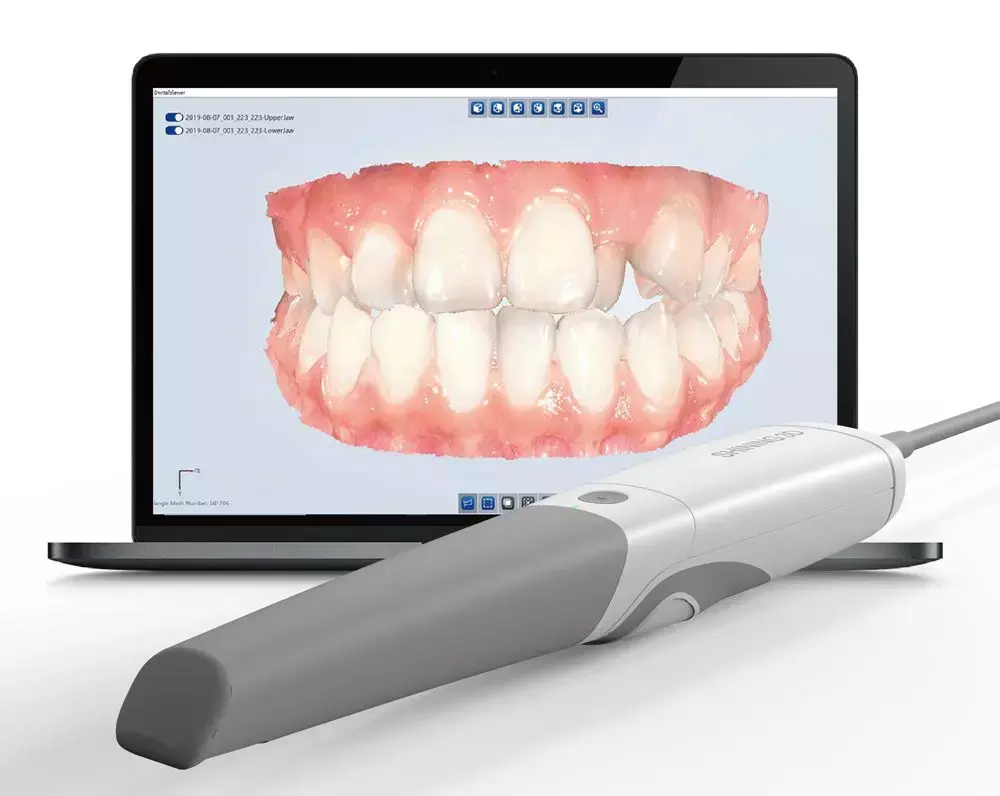- Home
- Medical news & Guidelines
- Anesthesiology
- Cardiology and CTVS
- Critical Care
- Dentistry
- Dermatology
- Diabetes and Endocrinology
- ENT
- Gastroenterology
- Medicine
- Nephrology
- Neurology
- Obstretics-Gynaecology
- Oncology
- Ophthalmology
- Orthopaedics
- Pediatrics-Neonatology
- Psychiatry
- Pulmonology
- Radiology
- Surgery
- Urology
- Laboratory Medicine
- Diet
- Nursing
- Paramedical
- Physiotherapy
- Health news
- Fact Check
- Bone Health Fact Check
- Brain Health Fact Check
- Cancer Related Fact Check
- Child Care Fact Check
- Dental and oral health fact check
- Diabetes and metabolic health fact check
- Diet and Nutrition Fact Check
- Eye and ENT Care Fact Check
- Fitness fact check
- Gut health fact check
- Heart health fact check
- Kidney health fact check
- Medical education fact check
- Men's health fact check
- Respiratory fact check
- Skin and hair care fact check
- Vaccine and Immunization fact check
- Women's health fact check
- AYUSH
- State News
- Andaman and Nicobar Islands
- Andhra Pradesh
- Arunachal Pradesh
- Assam
- Bihar
- Chandigarh
- Chattisgarh
- Dadra and Nagar Haveli
- Daman and Diu
- Delhi
- Goa
- Gujarat
- Haryana
- Himachal Pradesh
- Jammu & Kashmir
- Jharkhand
- Karnataka
- Kerala
- Ladakh
- Lakshadweep
- Madhya Pradesh
- Maharashtra
- Manipur
- Meghalaya
- Mizoram
- Nagaland
- Odisha
- Puducherry
- Punjab
- Rajasthan
- Sikkim
- Tamil Nadu
- Telangana
- Tripura
- Uttar Pradesh
- Uttrakhand
- West Bengal
- Medical Education
- Industry
Ambient light illuminance for Intraoral scanner may maximize scanning accuracy: Study

It is essential to optimize ambient light illuminance for each intraoral scanner (IOS) to maximize scanning accuracy, according to a recent study in the Journal of Dentistry.
The purpose of this in vitro study was to evaluate the effect of ambient light illuminance on the accuracy and scanning time of different intraoral scanners (IOSs) in complete-arch implant scans. Seven IOSs (TRIOS 3, Primescan, Element 5D, i700, i500, CS3700, and CS3600) at 5 ambient lighting illuminances (100, 500, 1000, 5000, and 10 000 lux) were evaluated. An edentulous cast with 4 implants was selected as the master model. An implant scan body was tightened on each implant analog. The cast was digitized by using a laboratory scanner to obtain a reference standard tessellation language (STL) file, and 10 scans with each IOS were recorded. Scanning time was recorded by using a digital chronograph. Intraoral scan deviations were calculated by using a reverse engineering software program (Geomagic Control X). Kruskal-Wallis and pairwise comparison tests were used to analyze the data (α=.05).
The results of the study are:
• The trueness and precision values obtained for each IOS tested were significantly different under the varying lighting conditions assessed.
• TRIOS 3 (34.0 ±3.3 µm trueness; 24.5 ±14.9 µm precision), Element 5D (34.5 ±7.1 µm trueness; 25.9 ±7.6 µm precision), and CS3700 (34.9. ±13.0 µm trueness; 34.6 ±19.2 µm precision) performed better under 100 lux illumination, CS3600 (69.5 ±24.0 µm trueness; 36.6 ± 20.1 µm precision) at 500 lux; i500 (36.2 ±5.1 µm trueness; 21.4 ± 6.8 µm precision) at 1000 lux; i700 (34.8 ±2.2 µm trueness; 15.4 ±5.0 µm precision) at 5000 lux, and Primescan (37.4 ±37.3 µm trueness; 26.2 ± 26.2 µm precision) at 10000 lux.
• Additionally, the scanning time was different under different illuminance for each IOS.
• The fastest IOS in all light conditions was Primescan, with significant differences with all the groups (P<.01), followed by TRIOS 3 in all groups except under 100 lux illumination, where i700 was the second fastest.
Thus, ambient light influenced the accuracy and scanning time of IOSs assessed; however, the effect was not the same for all devices. It is necessary to optimize ambient light illuminance for each IOS to maximize scanning accuracy.
Reference:
Influence of ambient light conditions on the accuracy and scanning time of seven intraoral scanners in complete-arch implant scans by GastónOchoa-López et al. published in the Journal of Dentistry.
https://doi.org/10.1016/j.jdent.2022.104138
Dr. Shravani Dali has completed her BDS from Pravara institute of medical sciences, loni. Following which she extensively worked in the healthcare sector for 2+ years. She has been actively involved in writing blogs in field of health and wellness. Currently she is pursuing her Masters of public health-health administration from Tata institute of social sciences. She can be contacted at editorial@medicaldialogues.in.
Dr Kamal Kant Kohli-MBBS, DTCD- a chest specialist with more than 30 years of practice and a flair for writing clinical articles, Dr Kamal Kant Kohli joined Medical Dialogues as a Chief Editor of Medical News. Besides writing articles, as an editor, he proofreads and verifies all the medical content published on Medical Dialogues including those coming from journals, studies,medical conferences,guidelines etc. Email: drkohli@medicaldialogues.in. Contact no. 011-43720751


